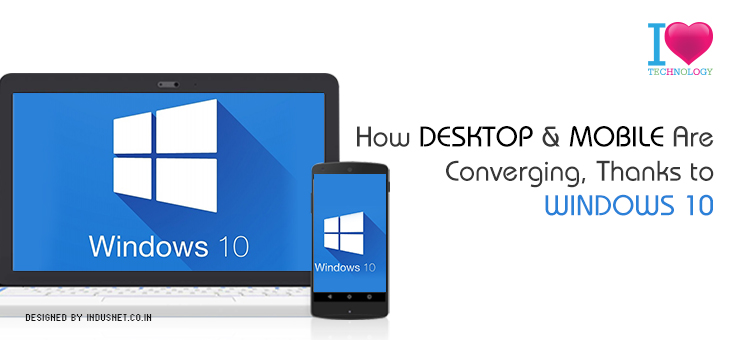
When Windows 10 was launched last year, it did not attract a lot of attention. Most people did not like the interface and people were unsure how the updates would be released. However, the new operating system comes loaded with features that take computing to a different level. More specifically, they bring mobility and desktop experience together. This is very crucial in a world such as today’s because most people access the internet on their mobile devices.
Bringing uniform experience to all devices
With a nearly identical code for all Microsoft devices, universal apps run on desktops, smartphones, tablets and even on other Microsoft products such as Surface Hub and the Xbox. Windows 10 has been described by Microsoft as an operating system as a service, where extra features may be delivered at an extra cost, and giving free updates to basic users. The ultimate goal of Microsoft is to ensure that Windows 10 is installed on at least one billion devices eventually.
Whether it is likely to happen or not is different. We need to remember that Windows-run mobile phones are not popular and they may never reach mainstream acceptance. However, we need to understand what Windows 10 is really doing in a larger capacity. It is bringing mobility and desktop computing together, and that is something that even Apple is working on.
[php snippet=1]
Using cloud to bring better synchronization between mobile and PC
Those of you who use Macs might know that iCloud syncs all the data to your iPhones and iPads simultaneously, as you type. Microsoft takes this experience a step ahead. All the app data and other preferences will easily be available on all the devices you are signed on to. This brings synchronization of data to the next step. We can clearly see where we are headed to. Regardless of the device we use, all our data will run on clouds, helping us to switch devices anytime, without losing content or making several copies of the same file.
This is very crucial when it comes to business computing and mobility. All data needs to be available on all authorized devices at the same time. Talking about business mobility, Windows 10 also has taken extra care to ensure security and safeguard privacy. Encryption has been used extensively to provide the kind of safety that an enterprise grade operating system needs to provide. All this leads to a new direction of Microsoft and for computing in general. Bringing mobile and desktop experiences with the help of cloud computing has been central to this game plan.
Microsoft gets it right
Certainly, Windows 10 will remain a dominant force in the world of computing. Its importance has decreased because of mobile devices, and a gradual move towards other operating systems. However, the fact that Microsoft has understood what is really important, in this case, mobility, is a heartening sign, and should be looked at as a positive development. Though Windows mobile phones are not popular, this certainly is a step in the right direction.